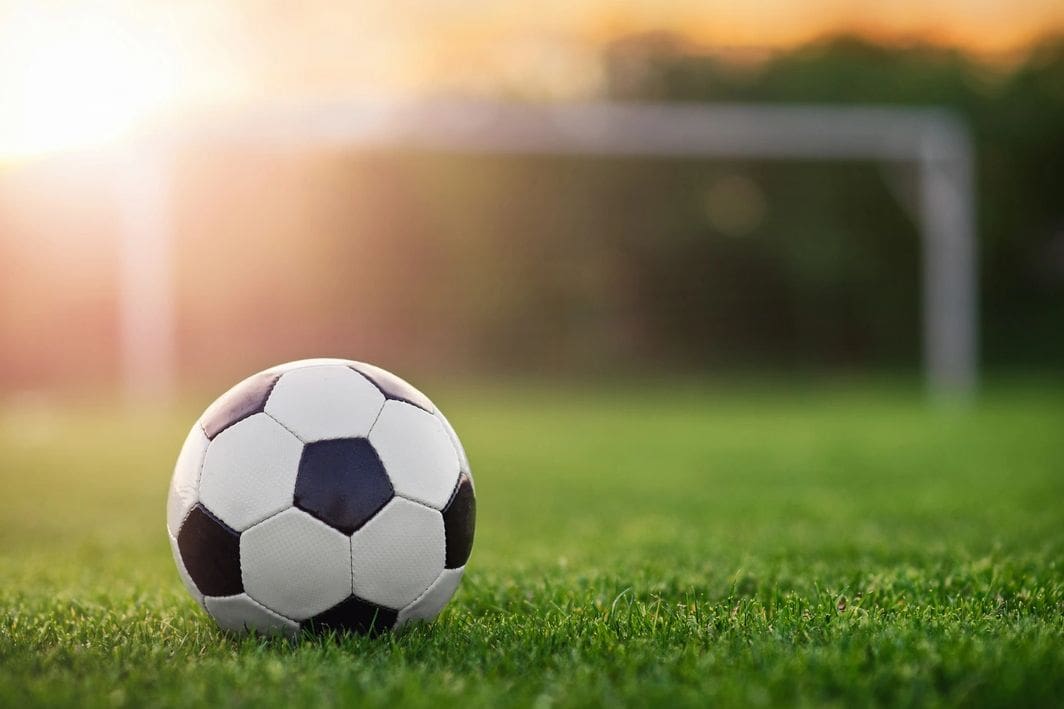
Summer Sports Series- Soccer
The next sport we are highlighting in our Summer Sports Series is soccer. To prepare for your next soccer game, work on cardiovascular fitness, single leg stability, and dual tasking.
Cardiovascular fitness
Running- The phrase “specificity of training” is commonly used in the fitness world, meaning you need to practice the specific task you want to improve in order to see the best results. Therefore, the best way to improve your running endurance is to actually practice running. Running with agility is also a large component of soccer, including quick changes in directions. Check out our sand volleyball blog here for a few agility exercises.
Cross training- Despite running being the best way to improve your cardiovascular fitness for participation in soccer, it’s okay to choose a lower impact form of cardio if your body needs a break from running impact or if you don’t particularly enjoy running. Other exercise modes for improving cardiovascular endurance include upper and lower extremity biking, elliptical training, stair climbing, and rowing.
Single leg stability
With the amount of running and cutting in soccer, it’s important to work on single leg stability for stronger and more controlled hip, knee, and ankle movements.
Lateral heel tap
Star reach/around the world
Reverse lunge to march
Dual tasking
Motor learning is gaining new skills through practice to commit movement patterns to memory so they become more automated and easy to perform. A common example of motor learning is learning to ride a bike. You first learn in a controlled environment, you may use training wheels or go to an empty parking lot to minimize distractions. Eventually, the process of pedaling, turning the handlebars, and maintaining your balance becomes more automated. Rather than dedicating your focus to the task of riding the bike, you can start riding through busy environments that require you to abide by traffic laws, react quickly to dodge a pothole in the street, or enjoy the view as you ride. These are all examples of dual tasking, a component of advanced motor learning that is crucial for performance and injury prevention in sports. Due to the nature of the sport, soccer requires a significant amount of dual tasking. In addition to dribbling the ball down the field and making sure you don’t trip over the ball, you need to constantly be aware of where your teammates are, watch for nearby defenders trying to turn the ball over, be ready to make quick changes in direction, and come up with a plan for how to score a goal. To improve your dual tasking abilities, incorporate additional focus points to your exercises. Watch the video below for ideas!
